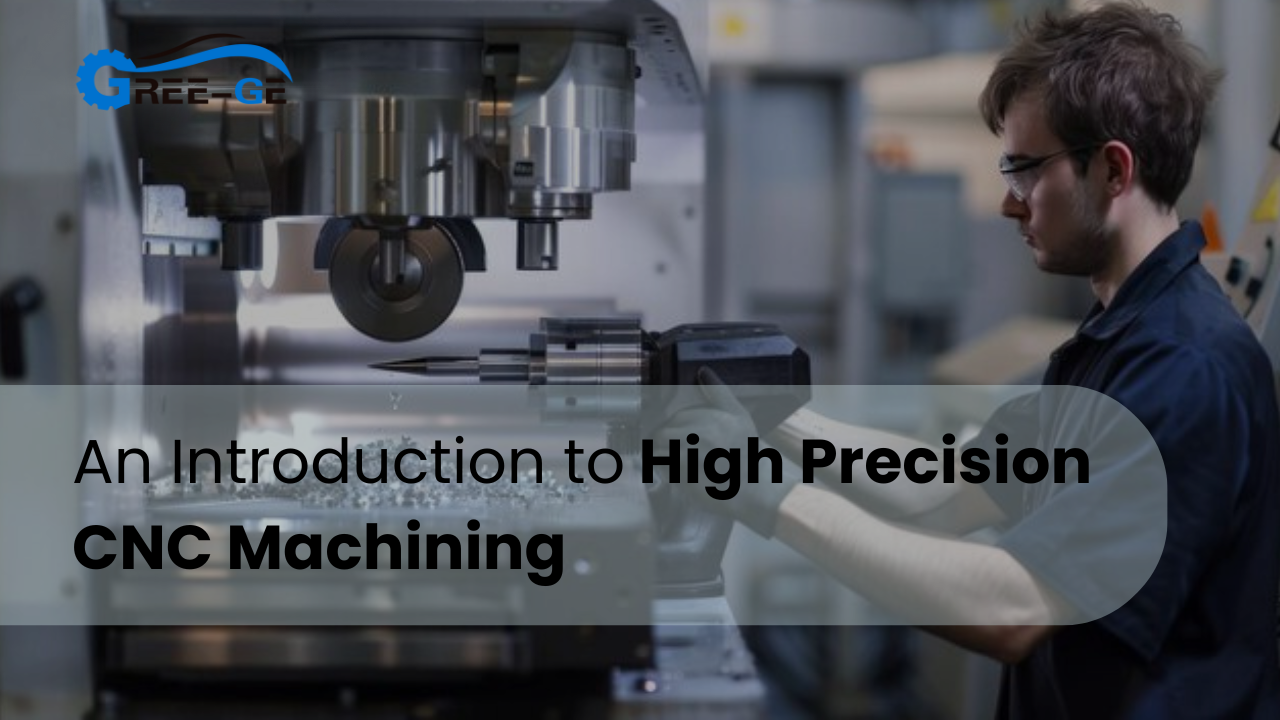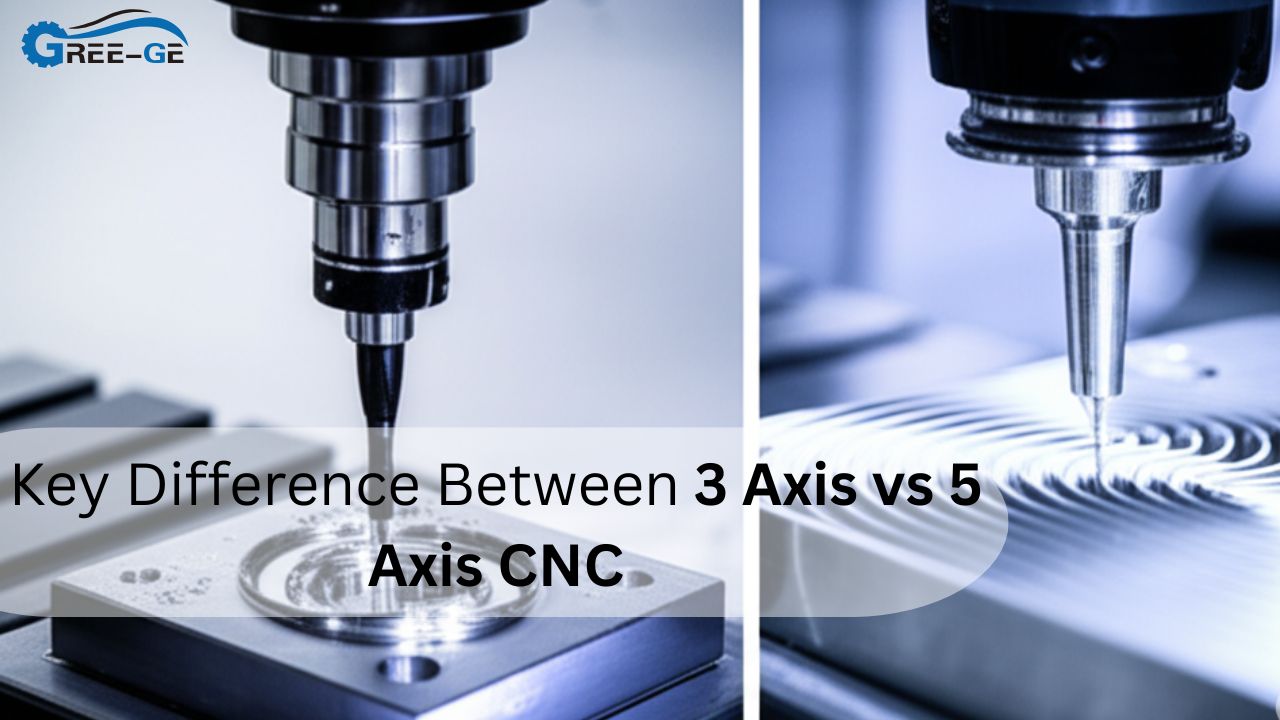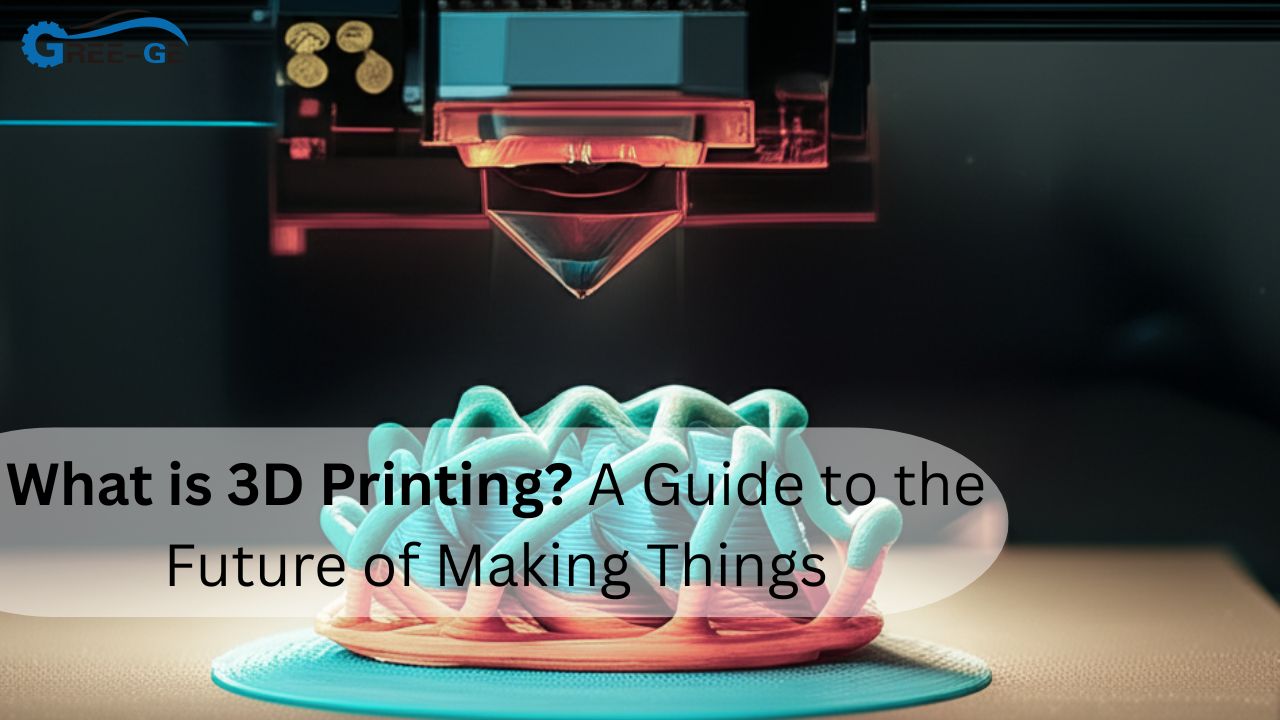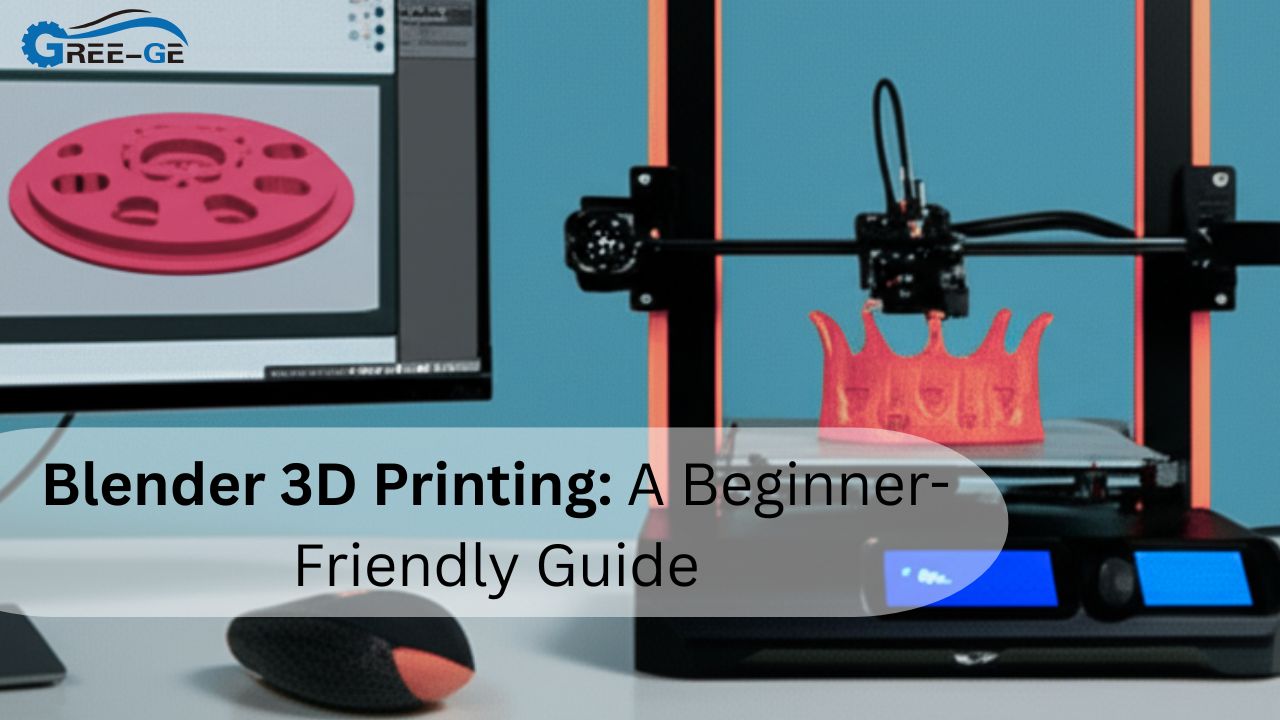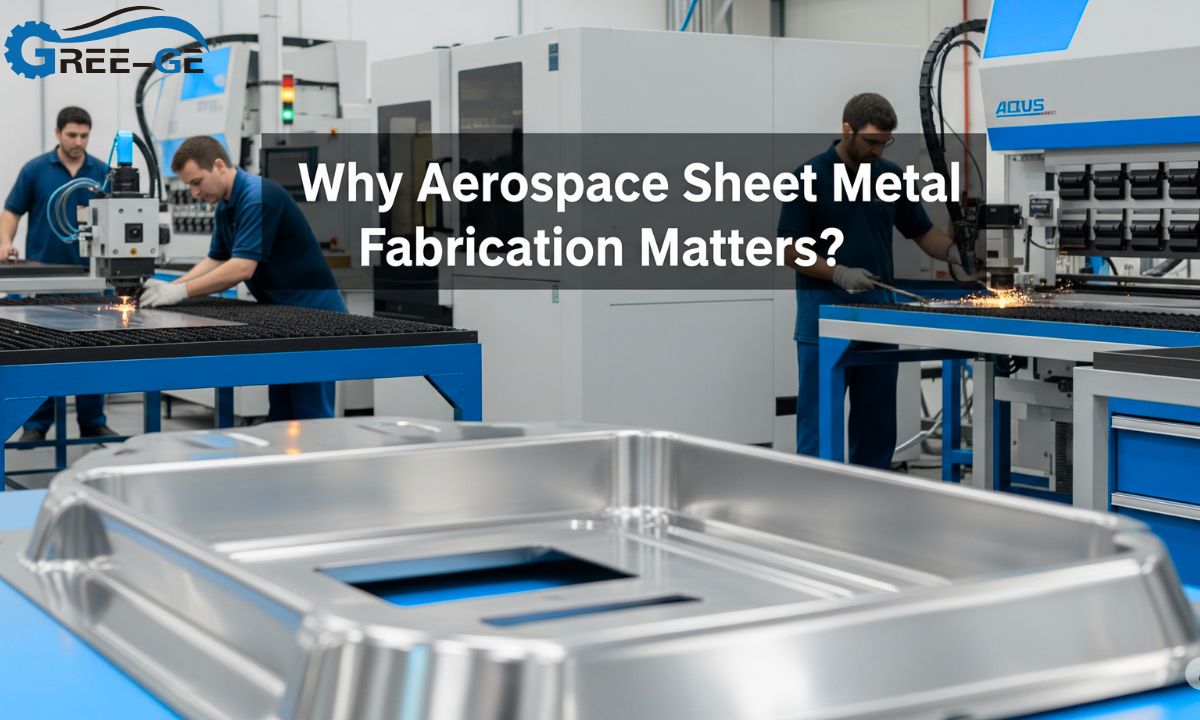In industries where even a minor deviation can lead to failure, high precision CNC machining is not just preferred, it’s essential. As in the case with aerospace industry, within medical and automotive industries, precision is very essential in terms of quality, safety, and performance.
This in-depth guide explains how high precision CNC machining works, its real-world applications, and why it’s vital in producing exacting components like CNC machining aerospace parts or CNC bronze elements.
What does High Precision mean in CNC Machining?
High precision in CNC machining refers to the use of advanced CNC (Computer Numerical Control) machines to fabricate components with extremely tight tolerances, typically within ±0.001 inches or better. These machines work on digital blueprints, and depending on the digital blueprint, they can deliver consistent and repeatable performance across batches.
Unlike traditional, precision CNC systems provide:
- Multi-axis machining
- Automated tool changes
- Micron-level resolution
- High-speed spindles
Such competencies allow building those parts that should be fitted in assemblies, mechanically exact parts such as parts of aircraft engine or surgical instrument.
Why Precision Matters: Industry Use Cases
Aerospace Applications
CNC machining of aerospace parts demands the highest level of precision due to strict regulatory standards and safety concerns. An easy error in a turbine blade or structure member can cause catastrophic failure.
The global aerospace CNC machining market was assessed at $3.92 billion in 2022 and was projected to to grow at the rate of 6.5% CAGR 2022-2027 (Research and Markets).
Medical Devices
Even in every edge and dimension, the surgical equipment and prosthetics are important. The tolerances are non-negotiable, especially, when the devices are implanted or they come in contact with human tissues.
Automotive Engineering
Precision leads to less friction and smoother usage of the engine, greater mileage, and less wear and tear.
Key Features of High Precision CNC Machining
Let’s explore what makes high-precision CNC machining so effective and reliable.
Multi-Axis Machining
What is more, machines working in 4, 5 or more axes opportunity for the fabrication of very complex geometries without reorienting the workpiece.
Sub-Micron Tolerances
Most Precision CNC Machining centers are capable of achieving tolerances as tight as ±0.0002 inches for extremely demanding applications.
CAD/CAM Integration
Complex software guarantees precise conversion of design files into physical parts with a real-time simulation and error correction.
Repeatability
High-end CNC machines ensure every part in a batch is virtually identical—crucial for CNC machining parts that need interchangeability.
Common Materials Used in High-Precision CNC Machining
The advantage of the CNC technology is that it works with a variety of materials. Some of them are:
- Aluminum – Lightweight and corrosion-resistant
- Stainless steel – Strong and strong materials
- Titanium – Common in the field of aerospace and the medical industry
- Brass and Bronze – Especially so in applications when there is a need for low friction
CNC machining bronze is especially important in marine and industrial applications due to the material’s excellent wear resistance and corrosion tolerance.
Benefits of High Precision CNC Machining
Improved Product Quality
Parts produced through high-precision CNC machining are more consistent, fit better, and require less post-processing.
Reduced Waste
Subtractive production can be efficient as long as proper methodology of separation of the goods is applied, especially if the method is supplemented by simulation tools.
Faster Time-to-Market
By reducing the number of defects and reworks there are, products will be able to enter the testing or market phases faster.
Lower Long-Term Costs
Though the set-up costs may be high, enhanced accuracy gives fewer returns, failures, and costly reworks.
Challenges in High CNC Machining
Despite its many advantages, high-precision CNC machining comes with a few challenges:
- Tool Wear: More frequent maintenance or replacement of the tools is required for higher precision.
- Environmental Control: Thermal expansion may influence tight tolerances; climate-controlled facilities help to alleviate the same.
- Cost: Initial costs could be higher as a result of machine complexity and high-quality labor.
However, the advantages that come in over the long term in terms of efficiency and quality of products are far more important than these issues.
Top Industries Relying on High CNC Machining
Here’s how various sectors benefit:
- Aerospace
- Medical
- Automotive
- Electronics
- Industrial
Choosing the Right CNC Partner
When looking for a Precision CNC Machining partner, consider:
- Certifications: AS9100 (aerospace), ISO 13485 (medical), ISO 9001
- Machine Capabilities: Multi-axis, advanced tooling, automation
- Experience with Materials: Especially critical for CNC machining bronze or titanium
- Lead Time and Support: Agile Shops can deliver turnarounds with high quality in a short time.
How to Optimize Your Designs for CNC Precision
If you are a designer or engineer, follow these tips:
- Avoid Unnecessary Complexity: The ease of design saves time for machining and reduces the chances of error.
- Use Standard Radius: Tools of the standard sizes operate better and are cheaper.
- Material Selection: Make a match between material strength and machinability to your application.
- Tighten Tolerances Only Where Needed: Not all the features should have ultra-high precision.
By working collaboratively with your CNC provider, you can maximize the benefits of high precision CNC machining while minimizing costs.
Why Precision Is the Future?
In an increasingly complex and quality-driven manufacturing environment, high precision CNC is no longer optional; it’s expected. Whether you’re producing CNC machining aerospace parts, delicate medical implants, or durable CNC machining bronze components, precision is the defining factor that determines performance and reliability.
Companies can achieve next-level quality of production and stay ahead on the competition by investing in the appropriate tools, workflows, and partnerships.
FAQs
1. What is the meaning of “high precision” in the CNC machining process?
It means attaining very tight tolerance during part fabrication, i.e., ±0.001 inches most of the time.
2. What industries use high precision CNC machining?
Sectors like aerospace, medical, automotive, and electronics rely heavily on CNC Machining for parts that demand accuracy.
3. Do bronze castings require CNC machining?
Yes, CNC machining bronze is common for marine, industrial, and bearing applications due to the material’s excellent wear resistance.
4. Is a big production run feasible for high precision machining?
Absolutely. CNC Machining Parts can be scaled from prototyping to full production with consistent quality.
5. In what ways does the CNC machining differ from 3D printing as regards precision?
CNC machining provides tighter tolerances and better surface finishes as compared to most 3D printing technologies.
